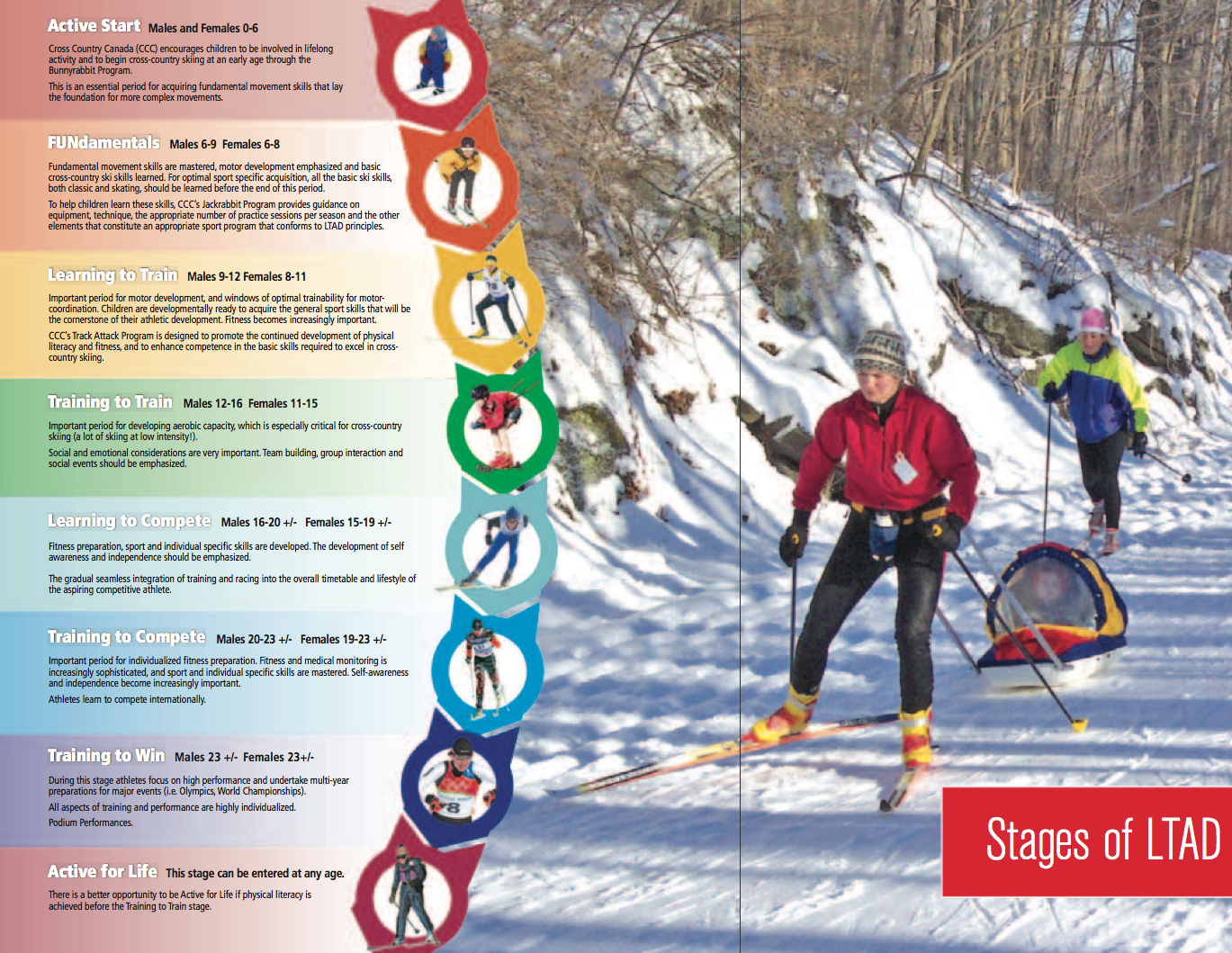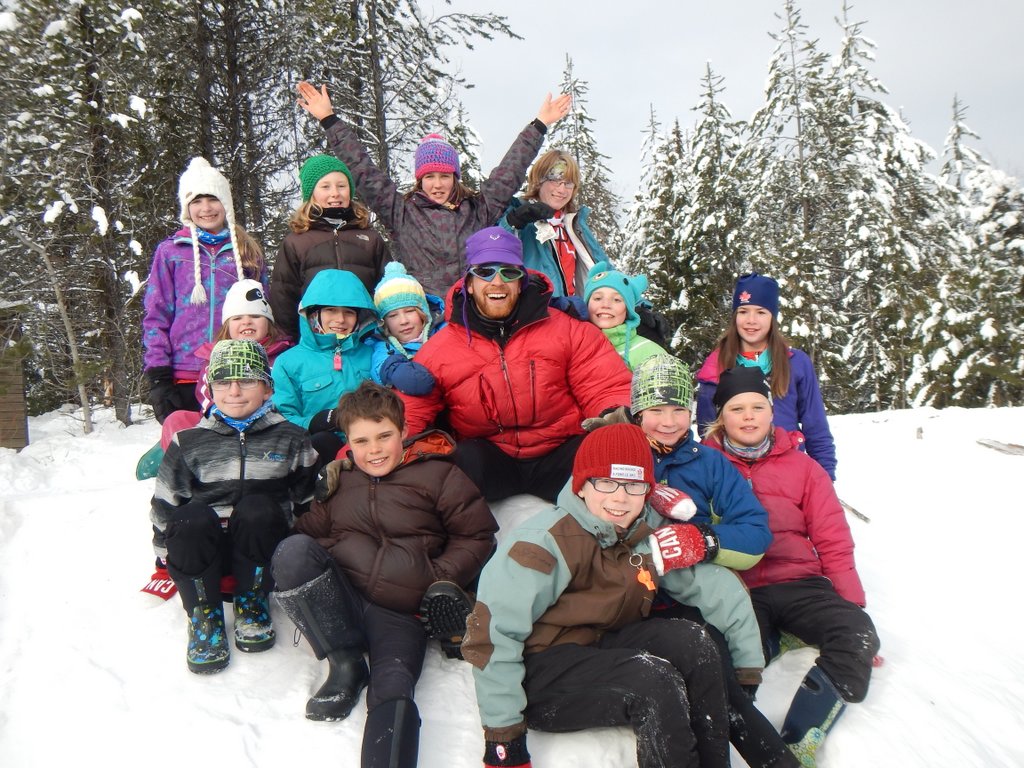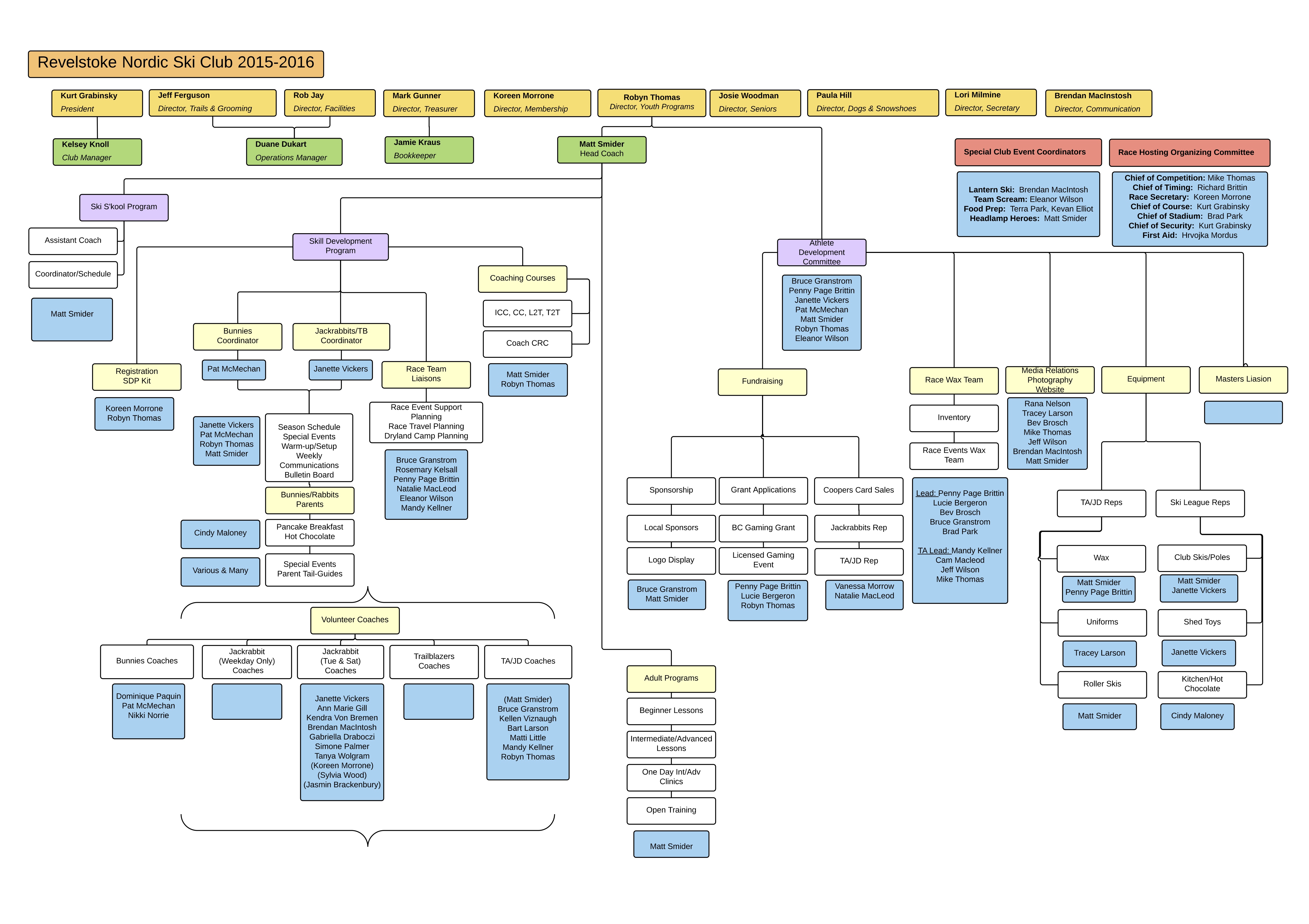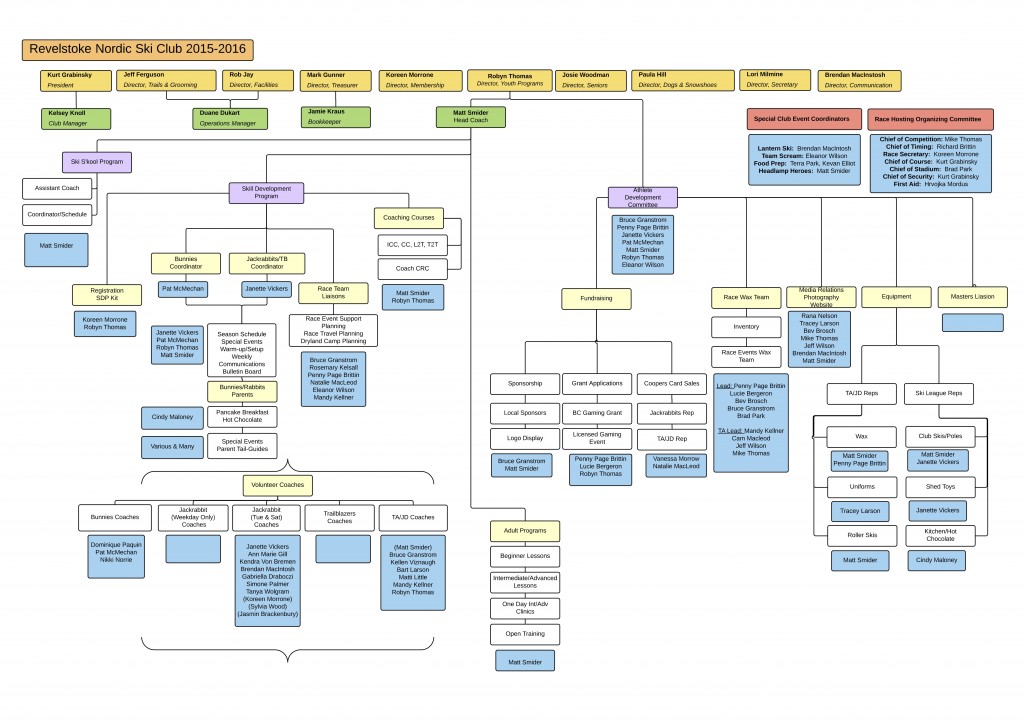Tops: A polypropylene shirt covered by a polar fleece sweater and a windbreaker or light insulated jacket is quite warm, allows excess heat and moisture to escape, and repels the snow.
Bottoms: Instead of insulated snow-pants, light wind-pants or rain-pants over one or two thin layers of polypropylene or polar fleece, will provide sufficient warmth, freedom of movement, and repel the snow.
Head: There is potential for great heat loss through the head. A warm polar fleece, light synthetic, or wool toque that protects all of the ears is essential. Headbands or buffs can be worn on warmer days.
Hands & Feet: Hands are the first body part to become uncomfortable in the cold, so a good pair of gloves or mitts is critical. Many use shelled Thinsulate or polar fleece liners with a water repellent/waterproof shell. Bringing a spare pair along on an outing is good insurance in case the first pair gets wet from making too many snowballs! Proper socks are important for warm feet (avoid cotton). A wool blend with polypropylene or some other synthetic is ideal.
Eyes: A comfortable pair of uv-protective eyewear is an important element of the cross-country skier’s gear. Interchangeable lensed sunglasses or economical protective eyewear are important to protect from UV and sharp pole tips! (UVEX and MEC carry good options).
Boots & Bindings
SNS and NNN are the two most commonly used boot/binding systems. Both are good and equally functional. Boots must be comfortable. If they are too large they will be awkward to ski in and if they are too small, the child’s feet will not stay warm. To check for a proper fit, loosen the boot and push the foot to the front of the boot. You should be able to fit a finger behind the child’s heel.




